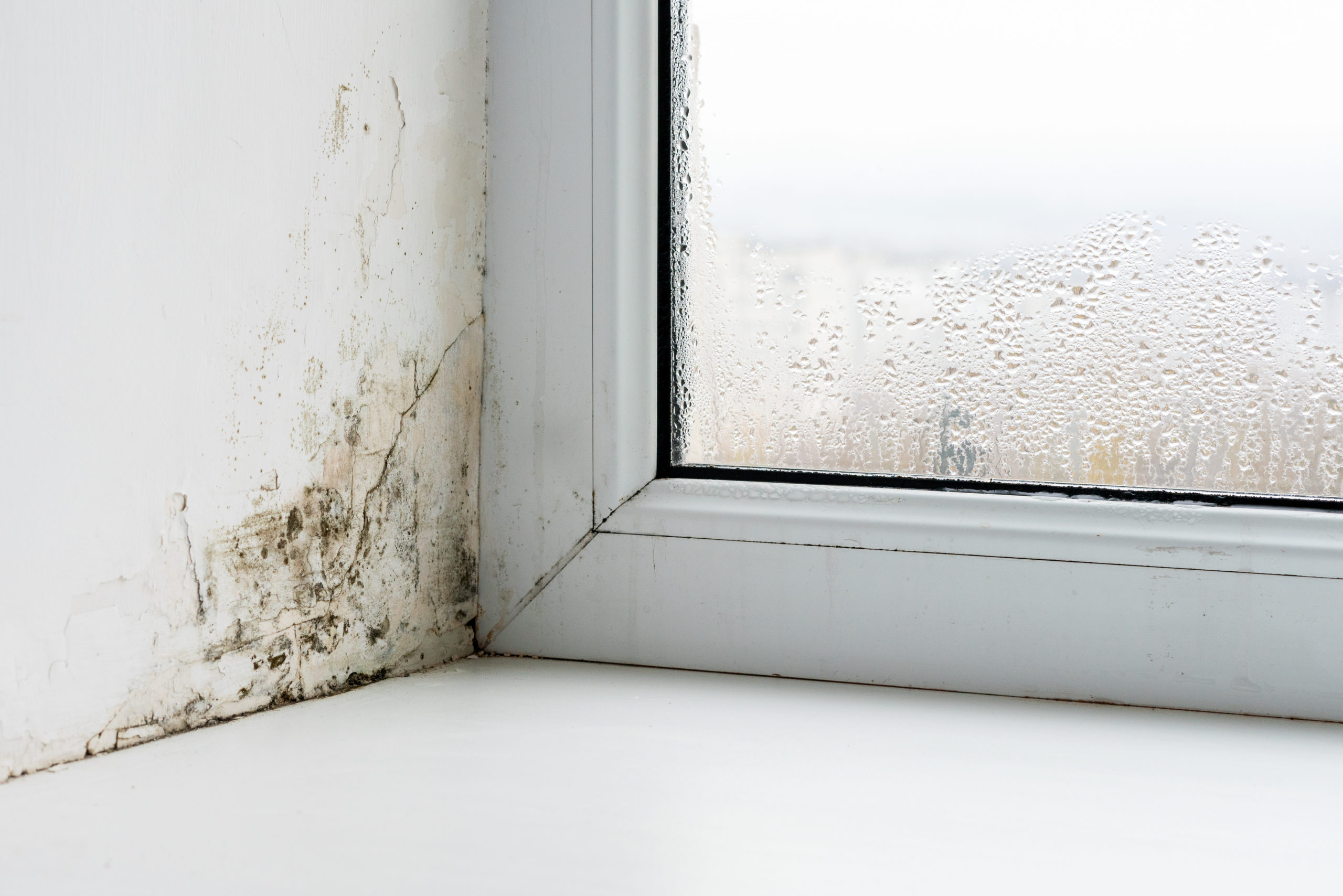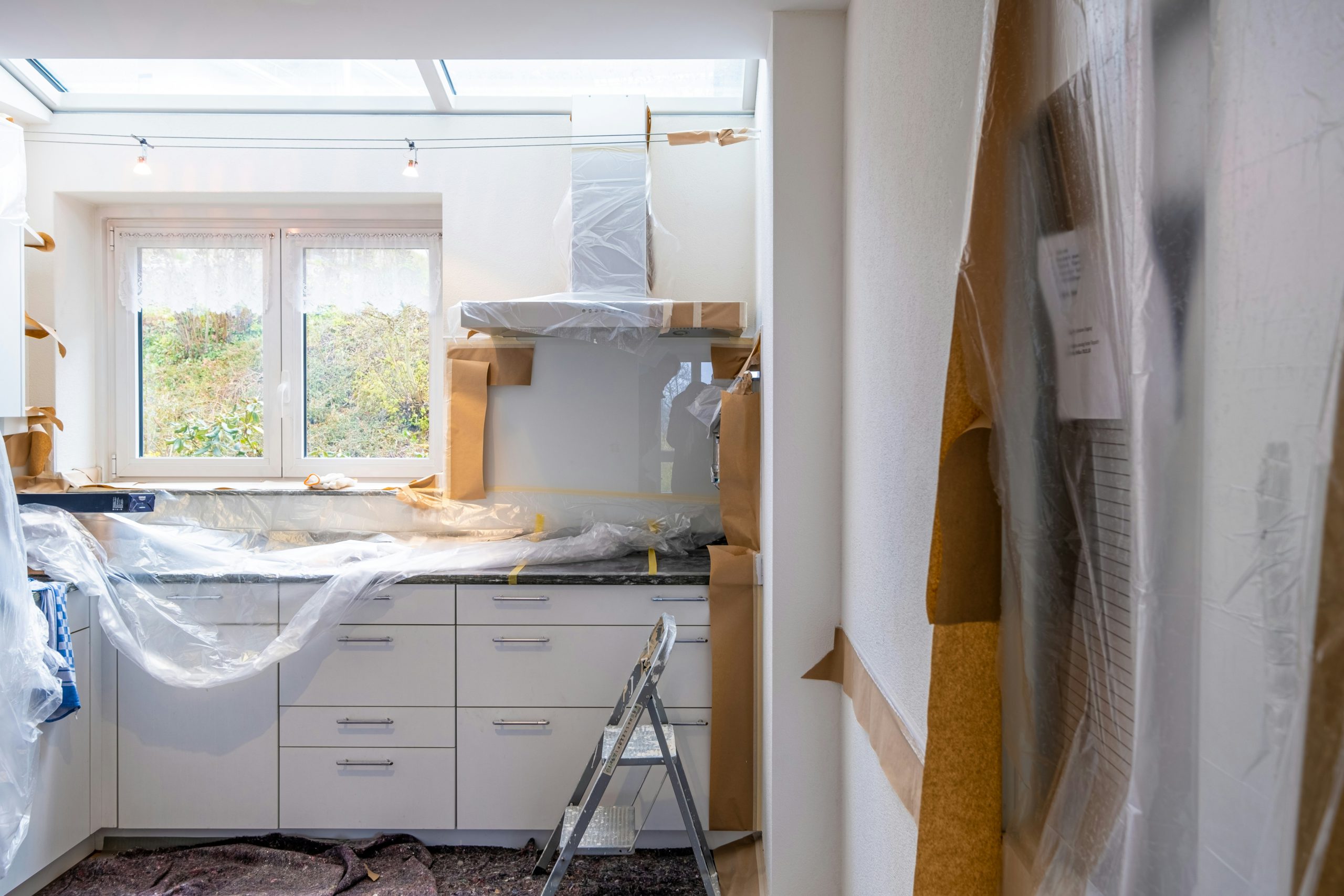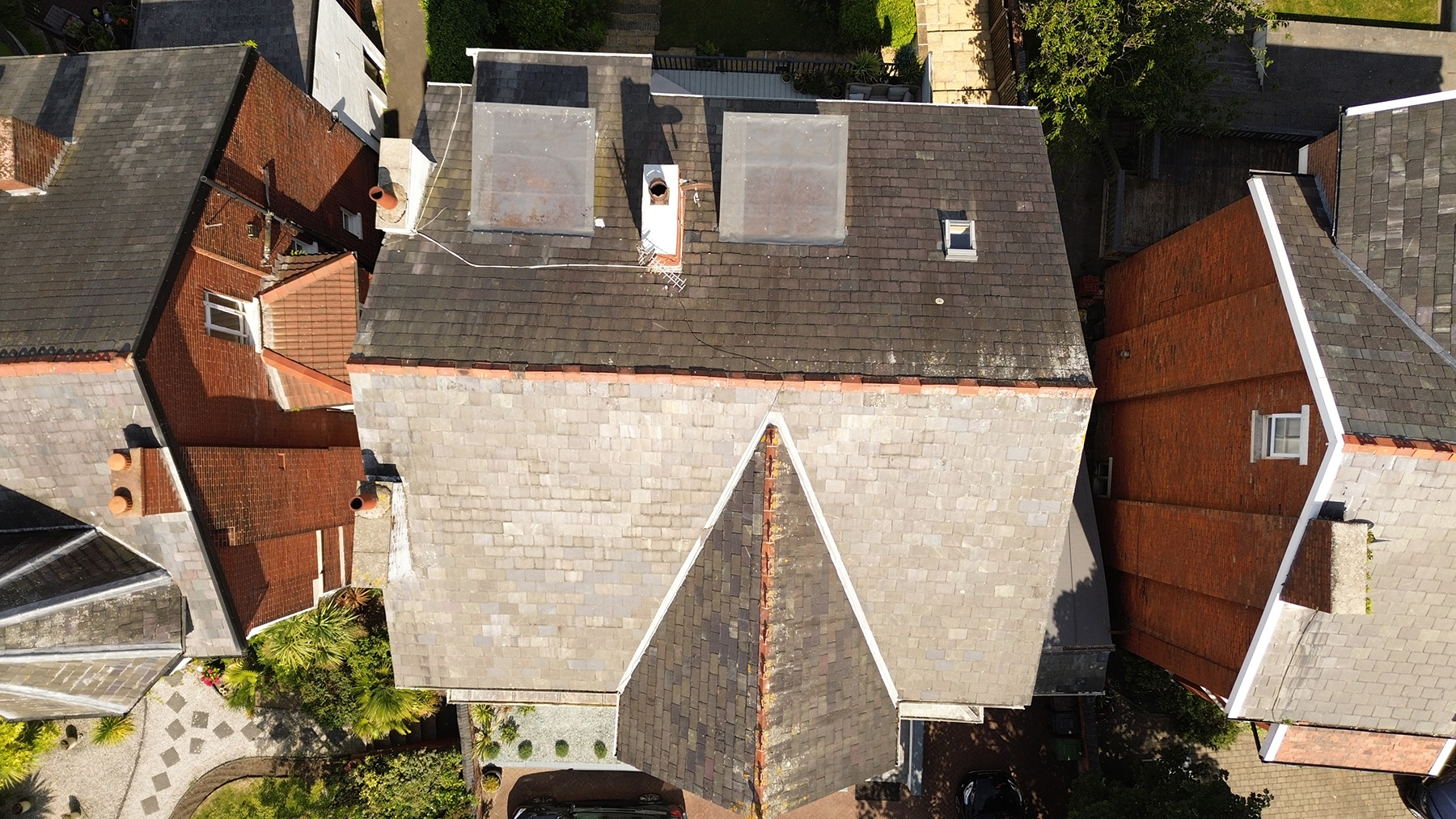What is a Dilapidation Survey?
A dilapidation survey, often referred to as a ‘schedule of dilapidations’, is a meticulously detailed assessment undertaken to ascertain the current state of a property. This survey becomes particularly significant as the end of a lease term looms closer. Its primary objective is to identify any breaches or deviations from the agreed-upon condition of the property as stipulated in the lease agreement.
For Landlords
This survey serves as a protective measure for landlords, ensuring that their property is returned in the condition agreed upon at the start of the lease. It highlights any damages, wear and tear, or alterations that may have occurred during the tenancy, which might not align with the lease’s terms.
For Tenants
For tenants, a dilapidation survey provides clarity on their responsibilities regarding the property’s upkeep. It offers them a clear picture of any potential repair or restoration work they might need to undertake before handing the property back to the landlord. This can be crucial in avoiding unexpected costs or disputes at the end of the lease term.
Furthermore, the survey acts as a record, documenting the property’s condition at a specific point in time. This can be invaluable in cases where disputes arise, offering an unbiased reference point that can be referred to by both parties.
In essence, a dilapidation survey is not just an assessment; it’s a tool that fosters transparency and trust between landlords and tenants, ensuring that both parties’ interests are safeguarded.


Why are Dilapidation Surveys Essential?
Safeguarding Property Interests
A dilapidation survey offers landlords a clear picture of the property’s condition, ensuring it is returned in the agreed state. For tenants, it provides an understanding of any potential liabilities or repair costs they might incur upon lease termination.
Avoiding Disputes
Dilapidation surveys play an instrumental role in preventing potential disagreements and conflicts between landlords and tenants. When both parties have a clear understanding of the property’s condition at the outset, it sets the stage for a transparent relationship throughout the lease term.
One of the primary reasons disputes arise is due to differing perceptions about the state of the property. A landlord might believe that certain damages were not present at the beginning of the lease, while a tenant might argue otherwise. Without concrete evidence, such disagreements can escalate, leading to strained relationships and, in some cases, legal battles.
Schedules of Condition
By conducting a Schedules of Condition at the start of the lease, both parties have a documented reference point. This comprehensive report, with photographs and detailed descriptions, captures the property’s entire condition. Should any issues arise at the end of the lease term, this document can be referred back to, providing an unbiased account of the property’s initial state.
If damages or wear and tear occur during the tenancy, this survey can guide the necessary remedial actions.
Outlining the responsibilities of both the landlord and tenant ensures that repairs are carried out promptly and to the required standard. This proactive approach maintains the property’s condition and fosters a sense of responsibility and cooperation between both parties.
In essence, a dilapidation survey acts as a mediator, bridging any gaps in understanding and setting clear expectations. Eliminating ambiguities and providing a tangible point of reference significantly reduces the chances of disputes, ensuring a harmonious landlord-tenant relationship.


Dilapidation Survey: Key Features
- Comprehensive Evaluation
A dilapidation survey offers a thorough assessment of the property’s condition against the lease agreements. It ensures that every aspect of the property, from structural integrity to minor wear and tear, is meticulously examined.
- Identification of Obligations
The survey highlights the repair and maintenance obligations of both landlords and tenants. This clarity ensures that both parties are well-informed about their responsibilities, leading to a smoother lease termination process.
- Expert Advice
With a dilapidation survey, landlords and tenants receive expert advice on necessary remedial actions. This guidance is invaluable, ensuring all repairs are carried out to the highest standards, preserving the property’s value.
- Resolving Disputes
In cases where disagreements arise, a dilapidation survey can be a crucial tool in resolving issues. With a detailed report, both parties can negotiate and reach a fair agreement, ensuring that the property is restored to its agreed condition.
The Process of a Dilapidation Survey
1. Initial Assessment
The process begins with an initial assessment where the surveyor examines the property and reviews the lease agreement to understand the stipulated conditions.
2. Detailed Inspection
Following the initial assessment, a detailed inspection is carried out. Every nook and cranny of the property is examined, ensuring that all potential issues are identified.
3. Report Compilation
After the inspection, a comprehensive report is compiled. This report outlines all findings, providing clear recommendations for necessary repairs and maintenance.
4. Review and Negotiation
Once the report is presented to both parties, it serves as a basis for discussions. Any disagreements can be addressed, and a plan of action can be formulated.
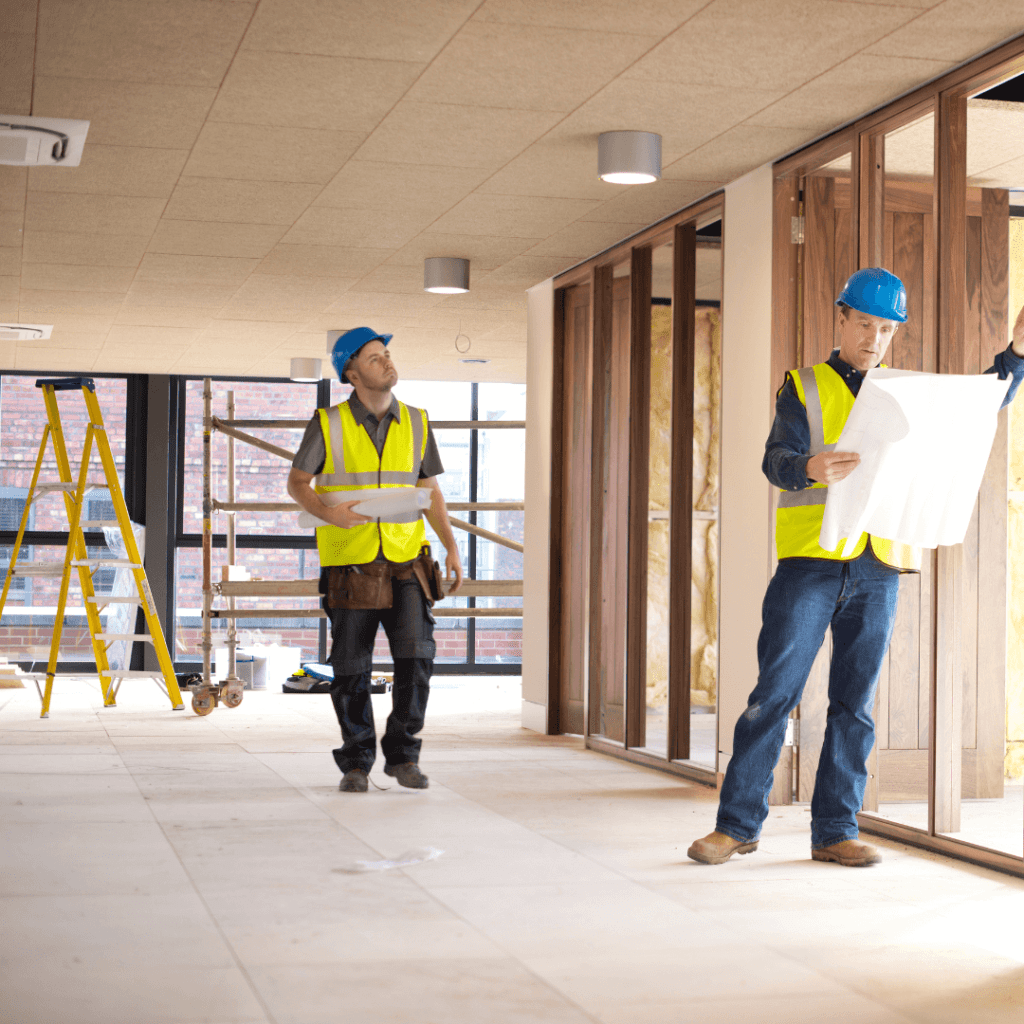
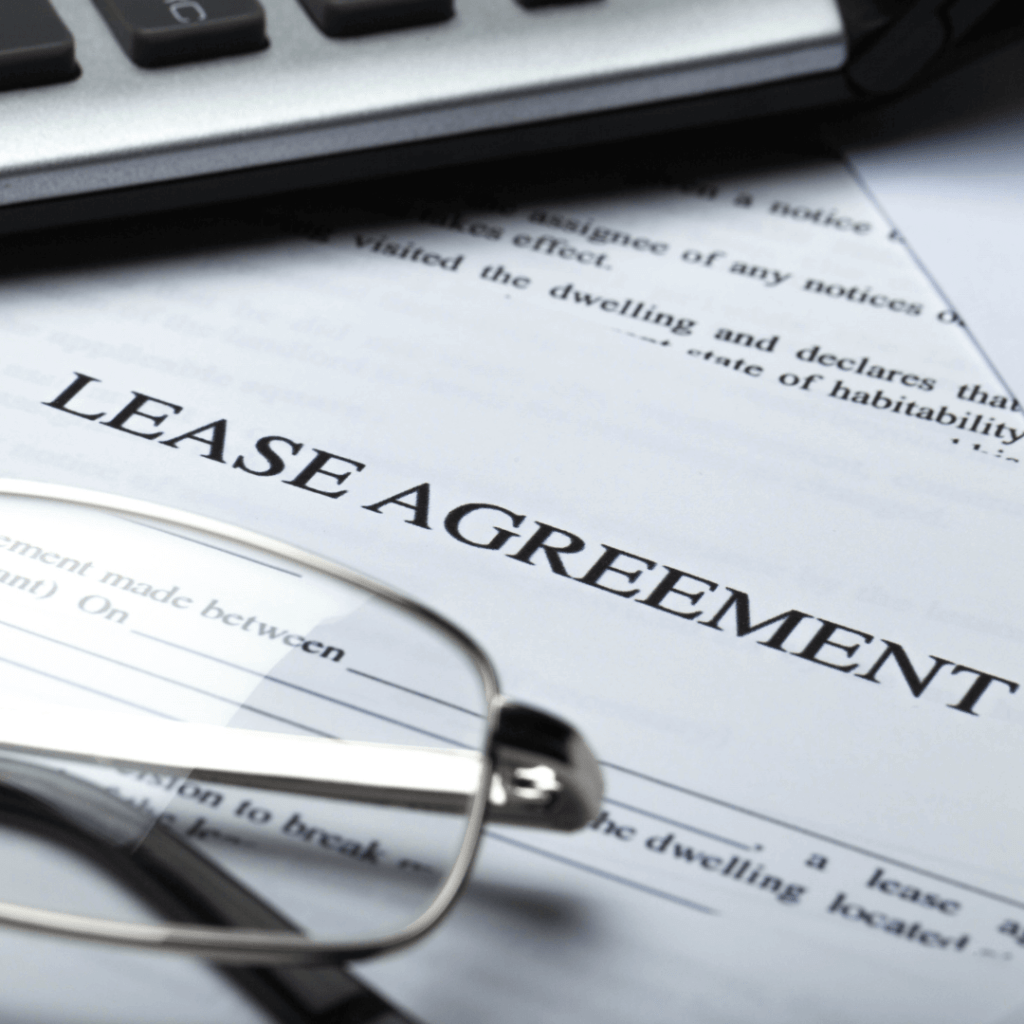
The Legal Landscape:
UK Laws About Dilapidation Surveys
The Landlord and Tenant Act 1954
This act protects tenants against eviction. However, it also outlines the responsibilities of both landlords and tenants regarding the repair and maintenance of the property. A dilapidation survey can help determine if these responsibilities have been met.
The Party Wall, etc. Act 1996
For property owners in England and Wales, this act requires them to notify adjoining owners about specific types of construction work. A dilapidation survey can be a crucial part of this process, especially if there’s potential for damage to the adjoining property.
Financial Implications
Dilapidation claims in the UK can range significantly in value. According to the Royal Institution of Chartered Surveyors (RICS), these claims can range from a few thousand pounds to millions. A dilapidation survey can help landlords and tenants understand potential liabilities and budget accordingly.
Statistics
A report by RICS found that dilapidation disputes are one of the most common causes of disputes related to commercial property leases in the UK. This underscores the importance of having a comprehensive dilapidation survey to prevent such disputes.
Safety and Environmental Considerations
The UK’s Construction (Design and Management) Regulations 2015 outline construction project health, safety, and welfare responsibilities. A dilapidation survey can help identify potential hazards, ensuring compliance with these regulations.


